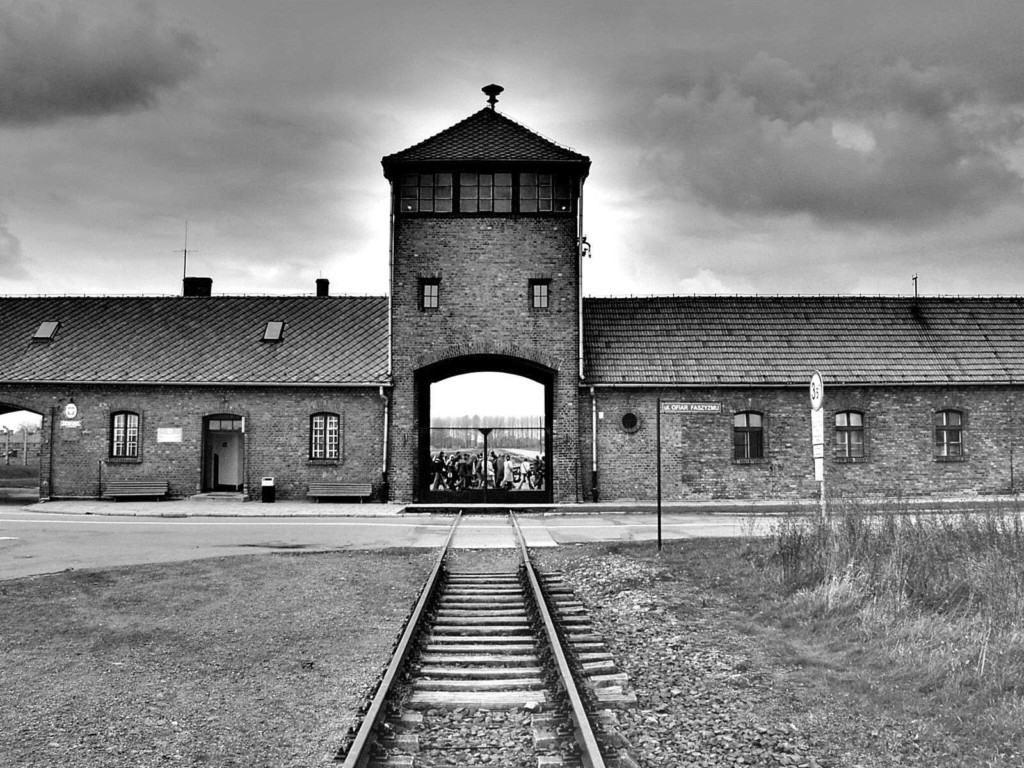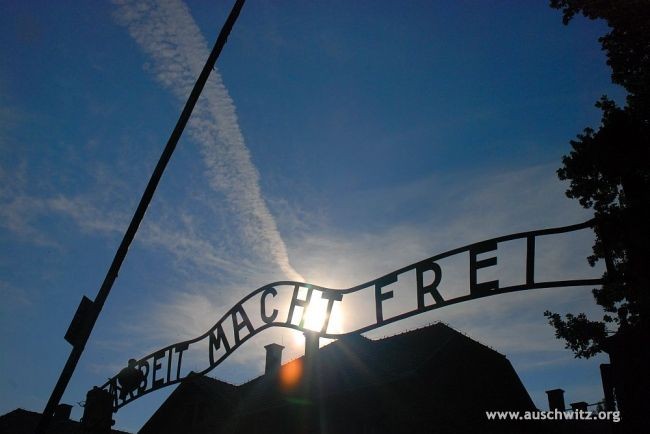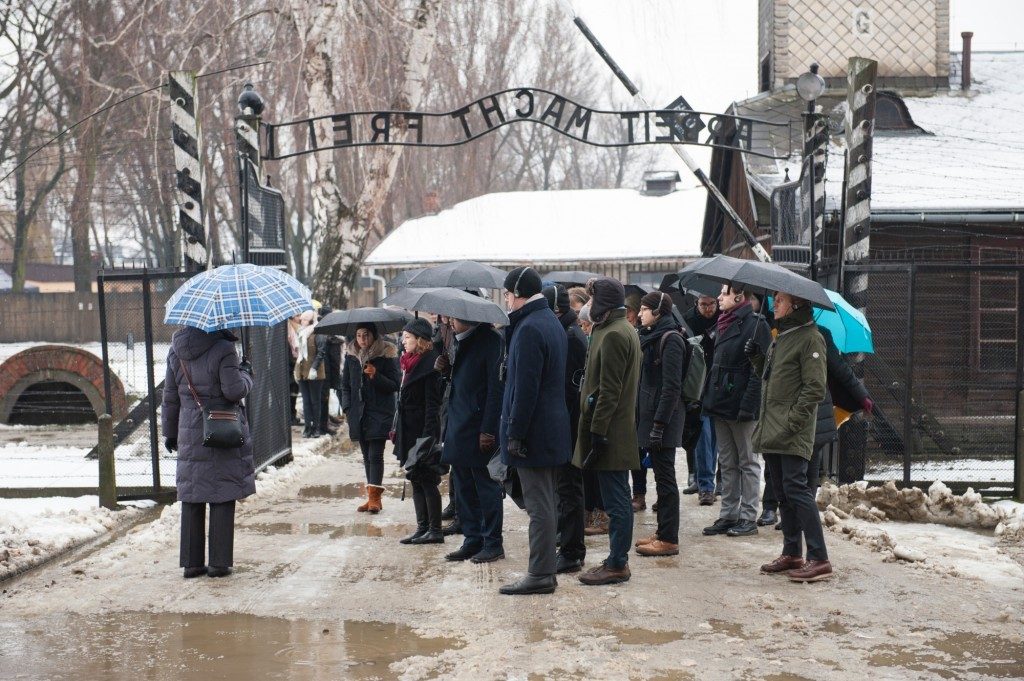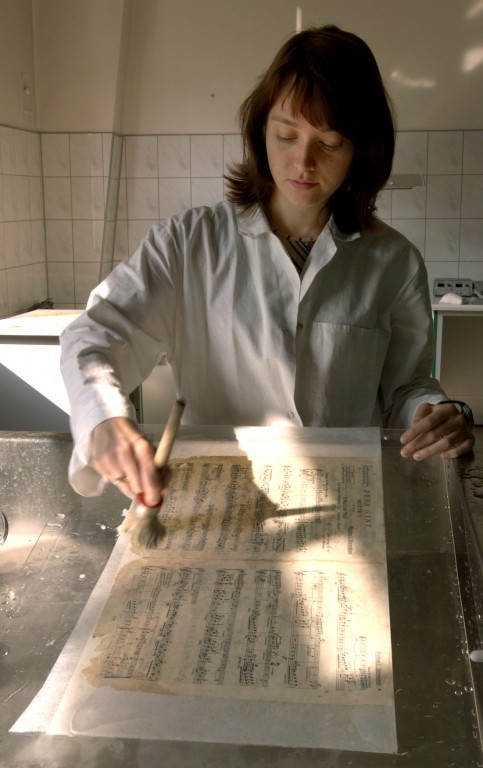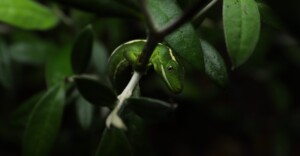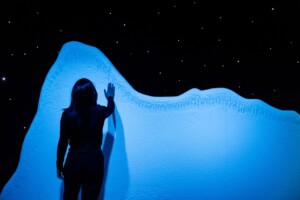Professional historian Dr Piotr Cywinski is the director of the Auschwitz‑Birkenau Memorial and Museum. He speaks to blooloop about its ongoing significance as a memorial and tool for education.
The Auschwitz‑Birkenau Memorial and Museum was created in April 1946 by Tadeusz Wąsowicz and other former Auschwitz prisoners, under the direction of Poland’s Ministry of Culture and Art. It preserves the site of the former German Nazi Auschwitz concentration and extermination camp, where over a million Jews, as well as Poles, Roma and other groups, were killed during WWII.
Of the 1.3 million sent to Auschwitz, only 400,000 were ever registered and imprisoned. The rest were gassed and cremated in incineration ovens or burning pits within hours of arrival. The memorial is a monument to what Burns called ‘Man’s inhumanity to man.’
“It is certainly the most important memorial site around the world; definitely the most known,” says Dr Piotr Cywinski. “The remembrance touches, in a very difficult and painful way, the core of the European experience of the Second World War.”
The Auschwitz‑Birkenau Memorial and Museum
The Auschwitz‑Birkenau Memorial and Museum covers around 200 hectares, comprising Auschwitz I and the larger, outlying Birkenau (Auschwitz II).
In 2019, more than 2.3 million people from across the world visited the site:
“This is partly due to the development of education on the Holocaust in several countries,” says Cywinski. “The geography of those visits were mainly Europe, Israel, North America, the Far East and Asia. So there are still some areas we need to develop, since it is a history that tells us all about humanity.”
In 2020, due to the pandemic’s impact, visitor numbers fell to 20% of the previous year’s visitation, with 502,000 visiting.
The Museum was closed to the visitors for more than 5 months. The drop in the number of visitors caused a corresponding slump in the Museum’s budget. This resulted in the discontinuation of priority investments, activities and projects.
The impact of COVID-19
The prolonged closure of the Museum, the closure of schools, restrictions on travel and the lack of revenue affected the activities of the International Centre for Education about Auschwitz and the Holocaust.
“Education about it is so important,” Cywinski says. “When I talk about education, I mean education on the authentic place, through visits, programmes and conferences. But I also mean e-learning and our exhibitions that travel around the world. We have one3,000 metre exhibition that was in New York last. Before that, it was in Madrid and many different countries.”
“We are also trying to reach people through the Internet. This is because we know there is a lot of interest, for example, in South America, where young people may not have much opportunity to travel to Europe – especially now, of course.”
Reaching new audiences
Reaching new audiences can be a challenge. A number of educational programmes and projects are now taking place online. A virtual community of commemoration and education through online activities and social media has been established.
In 2020, the Auschwitz‑Birkenau Memorial and Museum’s website recorded over 16 million page views; over 1.5 million people accessed and used content published through the Memorial’s official accounts.
“It hasn’t been easy,” says Dr Piotr Cywinski. “For many years, the main role of Auschwitz was that of speaking authenticity. You can, of course, read Primo Levi’s books, but walking through the actual site – which is enormous; 200 hectares – is a unique experience.
“We are focused on education through authenticity, which is impossible through the Internet. However, I spoke about the geographic situation. Those from Africa, from some of the poorest countries in the world, cannot travel to Auschwitz. And now, especially, when none of us can travel, we have to continue reflecting on these issues, all around the world. We cannot wait until people are able to come.”
Social media
On the eve of the 75th anniversary of the liberation of Auschwitz, the number of followers of the Museum’s Twitter account exceeded one million.
Dr Piotr Cywinski says:
“The Auschwitz Memorial Museum is extremely present on social media. It’s not just a presence, but a continuing dialogue; with many different people, with many different groups, we are trying to develop – though the pandemic situation makes it a bit strange – some new projects.”
“I hope that next year we can propose some virtual visits, accompanied by a guide, an educator; some visits, of course, and some survivors’ spoken memories. So these are plans we are developing. But we know that nothing will, of course, replace the real, personal authenticity of visiting the site.
“But we are living in times that are changing, a lot.”
Marking anniversaries
When Soviet soldiers liberated Auschwitz in 1945, 7,000 emaciated prisoners remained.
On January 27, 2020, world leaders and two hundred Holocaust survivors gathered at the site of the former Nazi concentration camp in Auschwitz to mark the 75th anniversary of the camp’s liberation.
The ceremony was held at the Auschwitz Birkenau Memorial and Museum, in a tent erected across the track that had brought trains full of prisoners to the camp.
“The 75th anniversary was very important,” says Cywinski says. “It was maybe one of the most important in the history of this remembrance because we’ve still got a big group of survivors all around the world. More than 200 of them were able to be with us.”
“It was a very extraordinary, very moving presence. Some took to the floor and gave us some very important messages. There were also more than 50 official state delegations: Presidents, Kings, Prime Ministers.
“We were able to avoid, I think, a strictly political dimension of this. It was a serious presence in front of the survivors, in front of this very difficult site. It was very important because we have still some survivors in our society. But this time is drawing to its end. They are very old.”
“Hundreds of millions of people around the world watched, through the TV, articles in newspapers or the internet. Those enormous numbers show that we reached a much wider audience than just those who had studied or participated in lessons or discussions about the Holocaust or Auschwitz. I think there is a conscience about this history growing in the world. I hope so.”
The importance of education
Dr Piotr Cywinski is unequivocal about his lack of faith in the belief that teaching about the past has the power to prevent similar atrocities in the future:
“No. It’s very hard to be optimistic.”
Clarifying this, he explains:
“The history of the Holocaust, of the Second World War, the history of the atrocities in the camps, were used in educational curriculums and history lessons. In the early nineties, in the first countries to adopt the strategy, it was the result of a clear choice, to address the risk posed by the increasingly vocal Holocaust deniers. By putting this into history lessons, it was made concrete.”

Nevertheless:
“Although the historical perspective is a very important one, it is certainly not the only one,” he says. “There is an ethical approach that needs to be explored and developed; it needs, too, to be approached from a social science perspective, and through political education through civic classes.
“It’s not a topic that has to be confined to history and it shouldn’t be confined to history. It is something that has to continue to speak. Even the prisoners at the time of the camps were saying to themselves, ‘Never again.’ It is not something consigned to the past. It is relevant now and in the future. That is our road today.”
How to implement lessons from history
Atrocities continue to proliferate in today’s world:
“The situation is not clear; the development of the world is very strange. Over the last years we have seen atrocities: the genocide of Myanmar against Rohingya; last year we were alerted to the tragic situation of the Uyghurs in China. And now, during coronavirus, we have new violence, especially in the big cities.
“We have the constant awareness that we have to do something more in term of how to implement ‘never again’.”
“In today’s world, it is on a very different level. Because it’s a question of the recognition of minorities, the question of respect between different cultures, the question about giving help to those who need this help.
“We cannot, of course, do that alone. The Auschwitz Memorial Museum is now discussing, with many other, smaller memorials and institutions around the world, how to implement this history. Not only in history lessons but also in other lessons that are more linked to today’s life.”
Future challenges
This, Dr Piotr Cywinski feels, is the most pressing issue for the future:
“We cannot wait for 10 more years to pass.”
Commenting on the challenges that he envisages in terms of education, and how that will drive the Auschwitz Memorial Museum’s development into the future, he says:
“In our part of the world, remembrance, in general, is not a very big issue.”
“Obviously, we are going to have to work on it constantly. But with the inclusion of education about the Holocaust on the school curriculums, big steps have been taken in many countries. However, I’m not sure if, beyond that remembrance, there is any real recognition of the significance of this history for our present day. And the need to recognise that relevance grows all the time.”
“When I look at the complete silence of the world to the Rohingya or to the Uyghurs, I have some serious doubts. I think that the biggest challenges are how to link the choices of today, in a very strong and clear way, with our knowledge about the past.
“This is something that must be done in the schools, in programmes, in the media. We need to develop a large and powerful set of tools that must be used at this time, in many countries.”
The Auschwitz Memorial Museum works with partners
With that object in mind, Dr Piotr Cywinski is exploring numerous proposals with key partners on a global level:
“We are discussing this in conferences with Yad Vashem, the World Holocaust Remembrance Centre. We are discussing it with the United States Holocaust Memorial Museum, with our most important partners. Because these are changes that must be applied in a global way. If it is only done in Auschwitz, it won’t function as well or be as effective as it should.”
It is a question of how to engage the whole of humanity in a concerted effort. But there is, he feels, an increasing awareness:
“In some parts of our societies, among some public authorities, among interested people, I think there is a growing impression that Auschwitz is not only a matter of the past but an issue for the future.
“It will take some time. Maybe the new stresses and the new conflicts that have emerged during COVID-19 will help educators, teachers in schools, those responsible for the curriculum and programming, to see that we have to approach this from different perspectives, not only the historical one.
“So this is something that we are working on.”
Digital strategy
Dr Piotr Cywinski is in the process of devising a proposal that will encompass a digital strategy and oral conferences, as well as discussions and activities for different groups. The Auschwitz Memorial Museum is now starting to prepare to open a completely new visitor centre:
“This will be important as a large number of visitors starts – we hope – to return after the pandemic is over.
“We are working with the media and social media. This is important because the digital world is where the younger generations are the most comfortable. And if we want to reach them, it has to be from inside that world. We have to try to be present. Because the real discussions, the real evolutions of the way of thinking about history, are on the internet.”
The short soundbites and concise encapsulation of concepts are, he says, a difficult adjustment:
“The short perspective of social media is something that works completely against the longer evolutions of this subject that are necessary.
“However, even in those short messages, we can slowly, step by small step, change people’s thinking. We can foster a feeling of more responsibility in today’s world. Not only for themselves but for what is going on around them, in their cities, their countries, in their world.”
A globalised world
We need to move away from tribal thinking, and the idea that we are all divided and limited by boundaries:
“Certainly there is a risk in societies closing in on themselves,” says Dr Piotr Cywinski. “It’s a big risk, especially in times of trouble. We can observe this now, with difficulties between the United States and Europe, between Russia and other countries.
“However, we are living in a very globalised world. Closing in on ourselves isn’t functional; it brings all sorts of xenophobia, rejection of others, and a lack of interest. The idea that the ‘Myanmar issue is nothing to do with me…’ But it is. It’s all the same world.”
“We really do have to work together. That’s why the Auschwitz Memorial Museum is trying to develop our network of institutions, museums, educational partners all around the world. Not only in Europe or in the geographical locations of the Holocaust and the Second World War.
“At the end, across many different parts of the world, many different countries, continents, cultures, religions, it is the same questions being asked about what the real value of a human being is, and what we can do in order to confirm that value, and not to reject it.”
Images kind courtesy of the Auschwitz Birkenau Memorial and Museum


